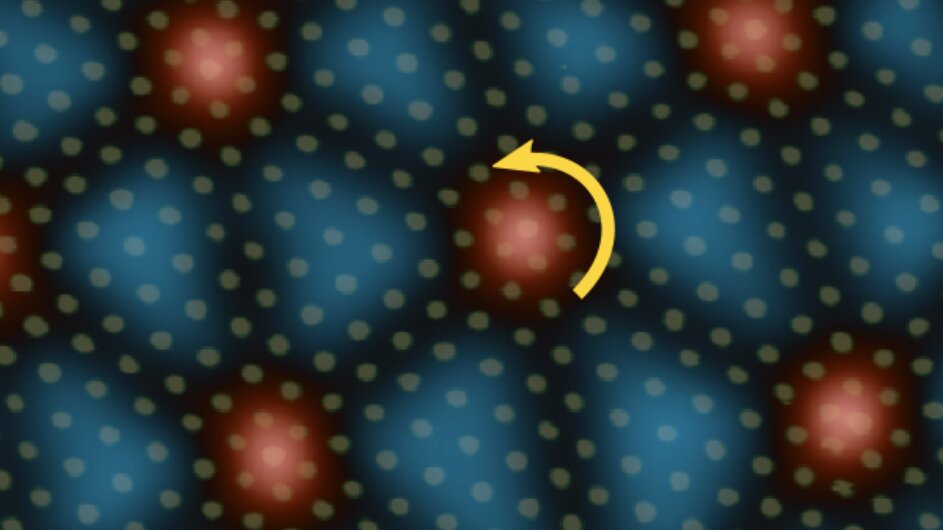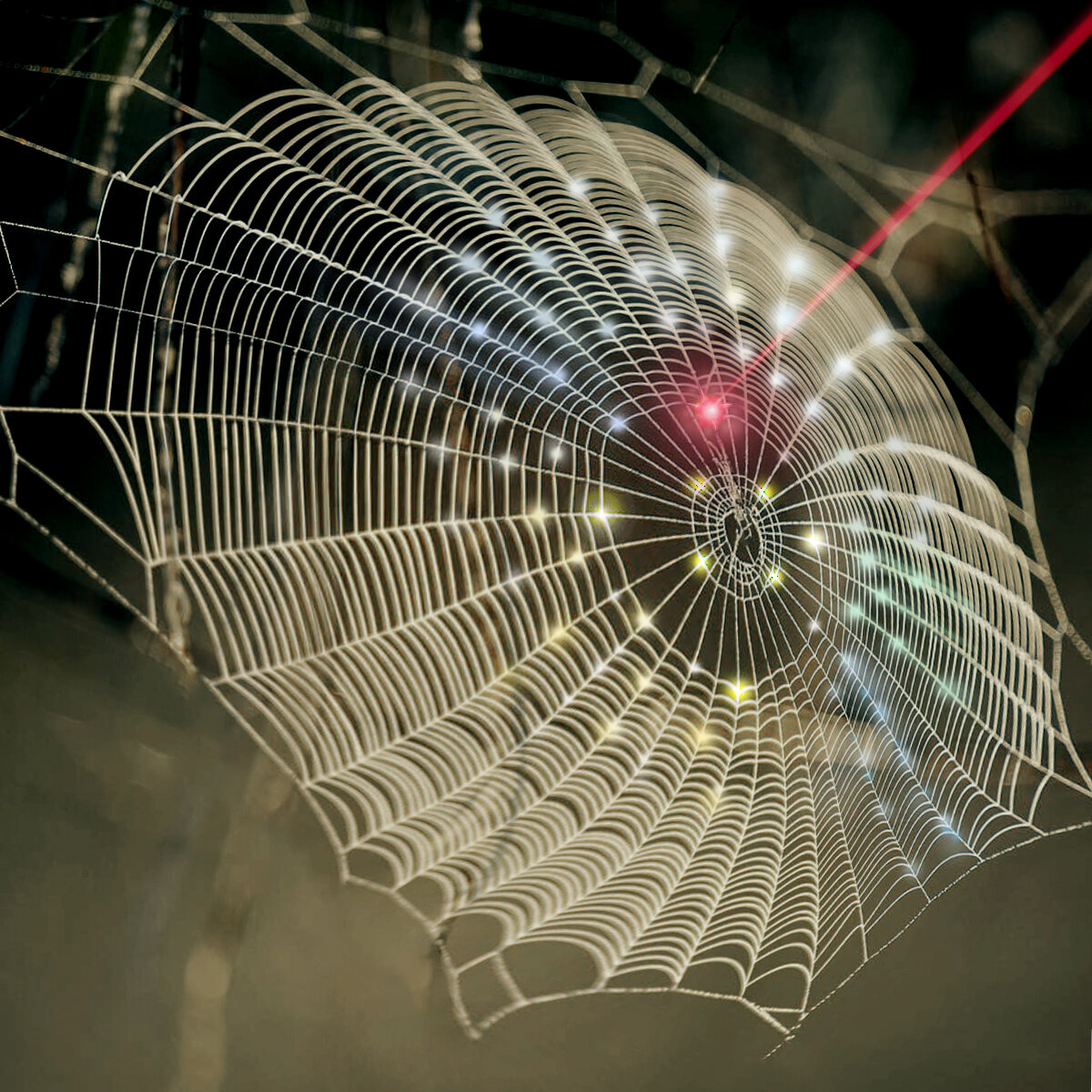#In a sea of magic angles, ‘twistons’ keep electrons flowing through three layers of graphene

Table of Contents
“In a sea of magic angles, ‘twistons’ keep electrons flowing through three layers of graphene”

The discovery of superconductivity in two ever-so-slightly twisted layers of graphene made waves a few years ago in the quantum materials community. With just two atom-thin sheets of carbon, researchers had discovered a simple device to study the resistance-free flow of electricity, among other phenomena related to the movement of electrons through a material.
But, the angle of twist between the two layers has to be just right—at the so-called “magic” angle of 1.1 degrees—for the phenomena to be observed. That’s because atoms in the layers want to resist the twist and ‘relax’ back to a zero angle, explains Joshua Swann, a Ph.D. student in the Dean Lab at Columbia. As magic angles vanish, so does superconductivity.
Adding a third layer of graphene improves the odds of finding superconductivity, but the reason was unclear. Writing in Science, researchers at Columbia reveal new details about the physical structure of trilayer graphene that help explain why three layers are better than two for studying superconductivity.
Using a microscope capable of imaging down to the level of individual atoms, the team saw that groups of atoms in some areas were scrunching up into what Simon Turkel, a Ph.D. student in the Pasupathy Lab, dubbed “twistons.” These twistons appeared in an orderly fashion, allowing the device as a whole to better maintain the magic angles necessary for superconductivity to occur.
It’s an encouraging result said Swann, who built the device for the study. “I’ve made 20 or 30 bilayer graphene devices and seen maybe two or three that superconducted,” he said. “With three layers, you can explore properties that are hard to study in bilayer systems.”
Those properties overlap with a class of complex materials called the cuprates, which superconduct at a relatively high temperature of -220 °F. A better understanding of the origins of superconductivity could help researchers develop wires that won’t lose energy as they conduct electricity or devices that won’t need to be kept at costly-to-maintain low temperatures.
In the future, researchers hope to link what they see in their scans with measurements of quantum phenom in trilayer devices. “If we can control these twistons, which all depend on the angle mismatch between the top and bottom layers of the device, we can do systematic studies of their effects on superconductivity,” said Turkel. “It’s an exciting open question.”
Study improves the understanding of superconductivity in magic-angle twisted trilayer graphene
Simon Turkel, Joshua Swann, et al. Orderly disorder in magic-angle twisted trilayer graphene. Science 376, 193-199 (2022) DOI: 10.1126/science.abk1895
Citation:
In a sea of magic angles, ‘twistons’ keep electrons flowing through three layers of graphene (2022, April 8)
retrieved 8 April 2022
from https://phys.org/news/2022-04-sea-magic-angles-twistons-electrons.html
This document is subject to copyright. Apart from any fair dealing for the purpose of private study or research, no
part may be reproduced without the written permission. The content is provided for information purposes only.
If you liked the article, do not forget to share it with your friends. Follow us on Google News too, click on the star and choose us from your favorites.
For forums sites go to Forum.BuradaBiliyorum.Com
If you want to read more Like this articles, you can visit our Science category.


